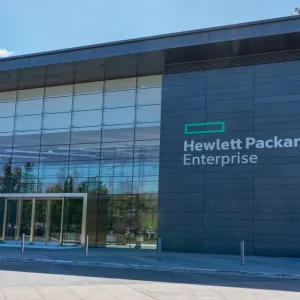If you’re on a tablet, statistics show that you’re most likely to be using email or working. Chances are that you feel it’s the best way to be productive – the same is true for most employees in your company. The business world is awake to the fact that this is what you want to do…but needs to figure out how to manage it properly.
What happens today is that companies focus on tight control and locking down devices and data. Instead of allowing a fruitful mobile working environment, they often stifle the productivity that led you to your tablet in the first place. Even those who have moved beyond rudimental Mobile Device Management (MDM) onto Enterprise Mobility Management (EMM) have a challenge. It’s still very focused on restriction.
Either by locking information into a container or putting heavy restrictions on access, many EMM solutions are cumbersome for the user. And that’s the problem. EMM controls apps and data, but it needs to be done carefully to allow employees to be productive. Their usability requirements need to be front of mind.
Everyone will say that they’re focused on the user, of course. But the fact that Gartner’s usability rankings for EMM vary widely, from 2.0 to 5.0, shows that there is more to it. So what does usability really mean?
First of all, the barriers that help manage employees need to be invisible. The purpose of mobile devices is to extend productivity and innovation beyond the walls of the office building. Large barriers, even those that employees have the power to lift damage the simplicity and ease that users desire.
The apps that your teams use on a day to day basis allow them to do their jobs. Don’t put extra clicks in the way of what they need. Don’t dictate to people how they should use their device, it won’t make them use it more.
That’s a couple of ‘don’ts’. Let’s look at a couple of ‘dos’:
Freedom to roam: control is a perceived notion. As the business, you’re the provider of apps and, in many cases, devices. You are in control of the technology. The level at which you exercise that control is key to how it’s received. If you don’t have an applications hub, build one. And make it inherent to the system. The only apps that an employee needs and is allowed to use should be in there. But they don’t have to use them all…they pick the ones they want. They are exercising choice, but in the context of a controlled environment.
Integrated SAM: software asset management, combined with an applications hub means that you don’t have to blanket buy licenses. With a few exceptions, no application will get 100% take up if employees are given a choice. The costs of software licensing will be reduced, but also more closely managed with this approach. Every download is registered. If someone leaves, their license can be retracted and re-harvested. SAM integrated into EMM simplifies gives you a more rounded and beneficial approach to mobility management.
You can give employees freedom in how they use their devices AND gain more control. It’s the best of both worlds. It gives you a stronger basis on which to make employees more productive. Plus, it will reduce costs on licensing.
Technology is increasingly a personal endeavour, even in the workplace and on work devices. The easier it is for employees to be comfortable using this technology for work, the more impactful they will be.






